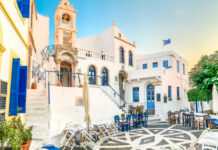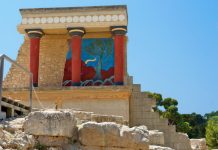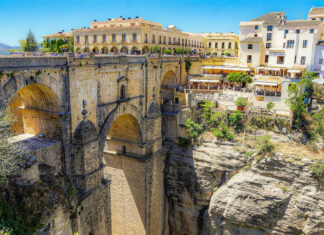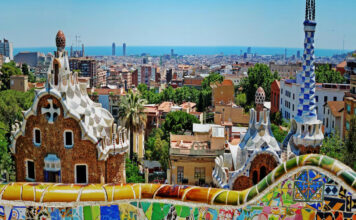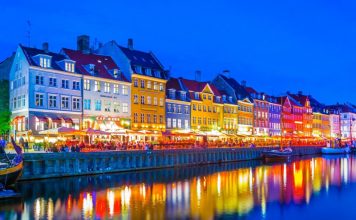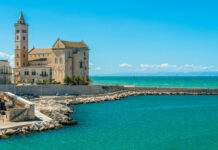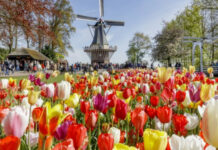David by Michelangelo – Galleria dell’ Accademia, Florence

Our journey begins in Florence with one of the most iconic sculptures in the world – Michelangelo’s David. Housed in the Galleria dell’Accademia, this 17-foot tall marble masterpiece is a testament to the artist’s genius. Crafted during the Renaissance, David represents the biblical hero’s strength and determination. The intricate details of the sculpture, from the curls of his hair to the veins in his hands, showcase Michelangelo’s unparalleled skill in transforming raw marble into a symbol of human perfection.
The Pieta by Michelangelo – St. Peter’s Basilica, Vatican City
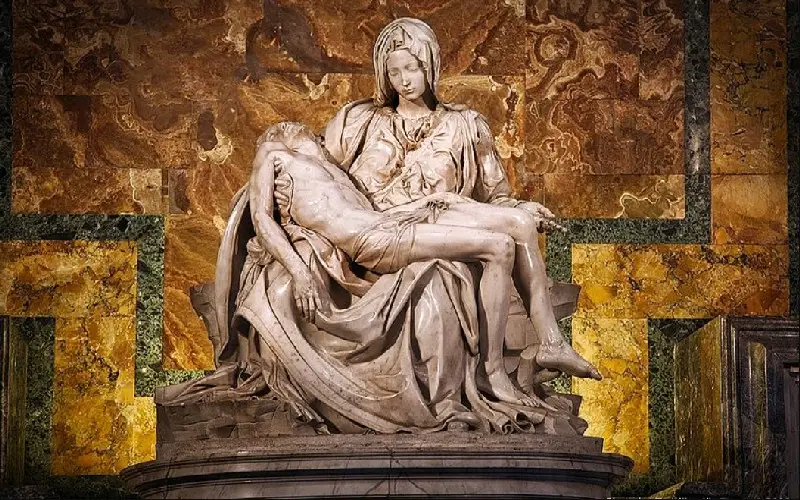
Heading to Vatican City, we encounter another Michelangelo masterpiece – The Pieta. This poignant sculpture, located in St. Peter’s Basilica, depicts the Virgin Mary cradling the lifeless body of Jesus. The delicate folds of Mary’s robes and the serene expression on her face convey a profound sense of grief and compassion. Michelangelo’s ability to breathe life into stone is evident in this timeless work of art.
Laocoon and His Sons – Vatican Museums, Vatican City
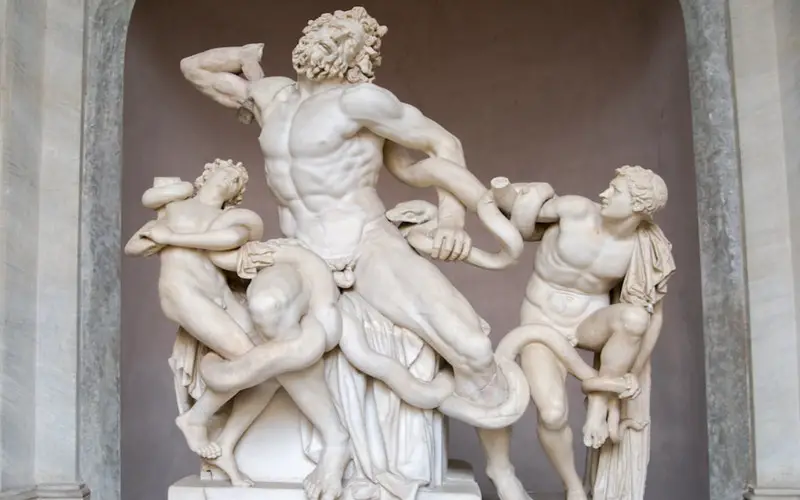
In the Vatican Museums, the ancient Greek sculpture Laocoon and His Sons awaits. Discovered in Rome in 1506, this Hellenistic masterpiece portrays the Trojan priest Laocoon and his sons entwined in the coils of sea serpents. The dramatic expressions and intricate details exemplify the Hellenistic style, capturing the emotional intensity of the characters in a moment of agony and despair.
Perseus with the Head of Medusa by Benvenuto Cellini – Loggia dei Lanzi, Florence
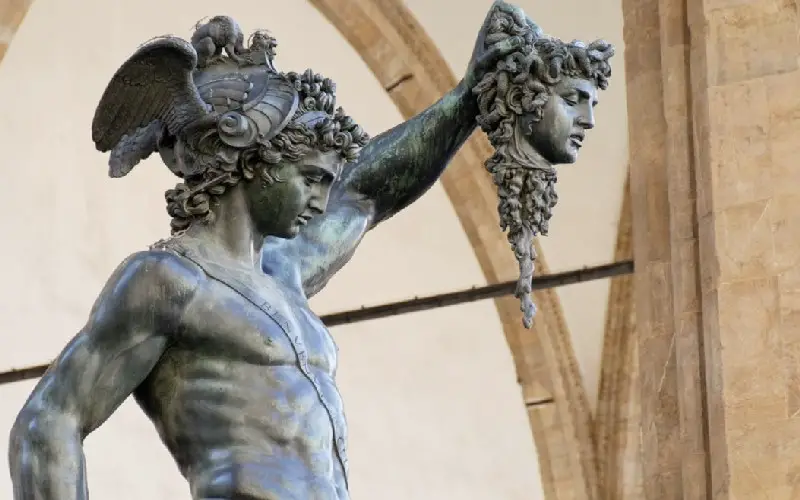
Benvenuto Cellini’s bronze sculpture, Perseus with the Head of Medusa, graces the Loggia dei Lanzi in Florence. The dynamic composition depicts the triumphant Perseus holding the severed head of the Gorgon Medusa. Cellini’s skillful use of bronze captures the tension and movement of the scene, making it a captivating example of Mannerist sculpture.
Ecstasy of Saint Teresa by Gian Lorenzo Bernini – Santa Maria della Vittoria, Rome
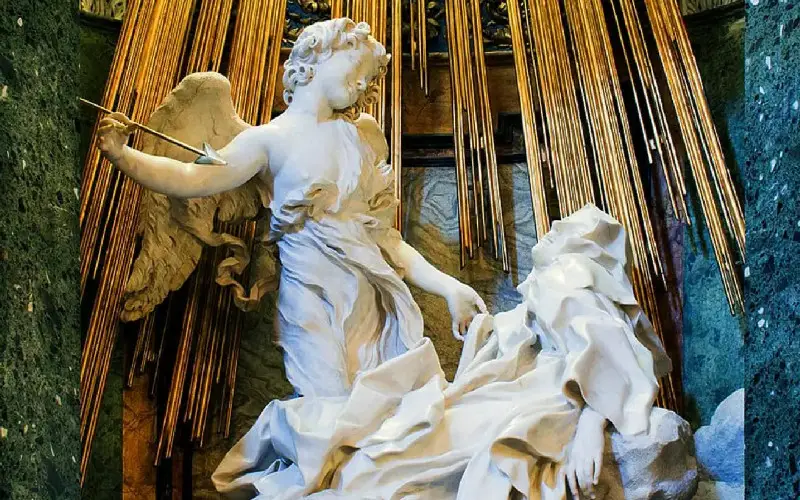
Traveling to Rome, we encounter Gian Lorenzo Bernini’s masterpiece, the Ecstasy of Saint Teresa, located in the Cornaro Chapel of the church of Santa Maria della Vittoria. This Baroque sculpture captures the moment of divine ecstasy experienced by the saint. The ethereal quality of the marble, combined with the play of light and shadow, creates a transcendent and emotional experience for the viewer.
Winged Victory of Samothrace – Louvre Museum, Paris (originally from the Island of Samothrace, Greece)
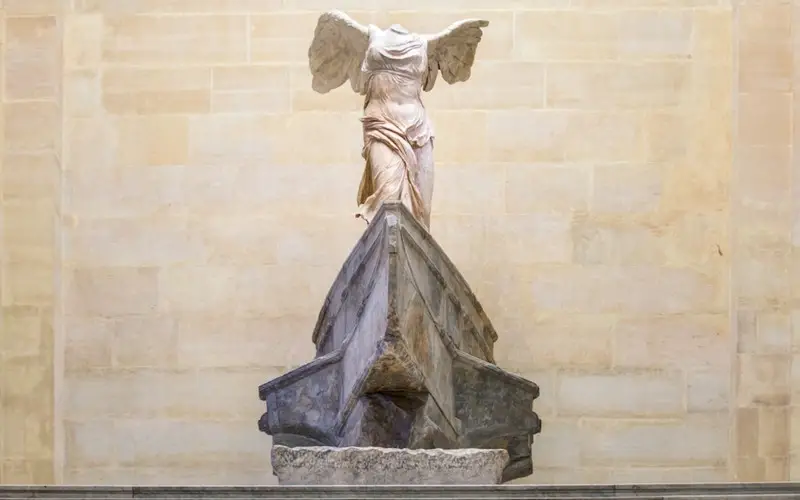
While not in Italy, the Winged Victory of Samothrace, commonly known as Nike of Samothrace, is an essential part of the Hellenistic artistic tradition. Displayed in the Louvre Museum in Paris, this ancient Greek sculpture is often associated with the island of Samothrace and represents the goddess Nike. The dynamic pose and intricate drapery capture the essence of victory, showcasing the mastery of Hellenistic sculpture.





